Last Updated on October 14, 2025 by Ioana
Is Romania safe for solo female travelers? This is the number one question I get asked. I was born and raised in Romania and I moved back here in 2024 after living in NYC for almost 14 years. Since I lived in the US and I also traveled to 20+ countries so far, I can objectively tell you that yes, Romania is safe for solo female travelers. In this blog post I’ll share more details so you can have a recent perspective of someone who lives here and experienced life in other countries. This post contains affiliate links. When you make a purchase I may get a small commission at no extra cost to you. Find out more here.
Planning your next trip? Check out these helpful resources:
I can’t go straight into answering the safety for solo travelers question without telling you a bit more about Romania’s complicated and rich history.
There are a lot of stereotypes about Romania, but the country developed tremendously over the last 10 years. And a lot of those stereotypes are no longer true.
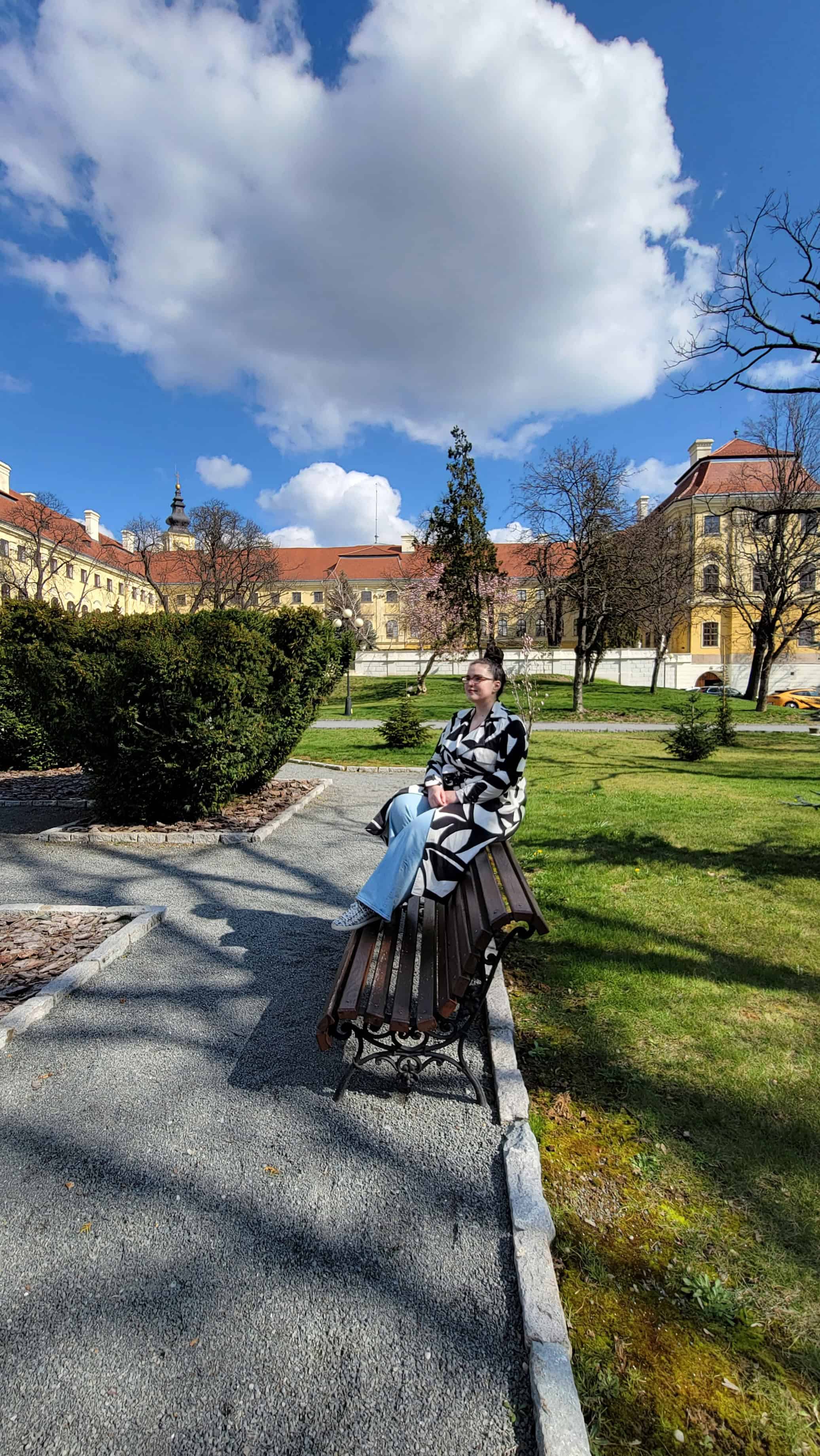
So I’ll do my best to give you some historic context, discuss the safety concerns that Romania used to have, and describe the current state of Romania as a safe place for a solo trip.
✈️ Heading to Romania soon? Check out these guides:
- The best area to stay in Bucharest
- Where to stay in Brasov: the best hotel guide
- Where to stay in Sighisoara: the best hotels
- The best Romania one week itinerary from a local
- 4 days in Transylvania: a native’s best itinerary
- Bear watching in Transylvania: all you need to know
- The best Oradea 3 day itinerary: a native’s top picks
Romania during the communist era
Romania was a communist country from 1947 to 1989. What did that mean in practice?
- People couldn’t speak freely. You had to watch what you say about the regime even with family members and friends, who could report you to Securitate, our secret service. Securitate would then throw you in jail.
- People had no choice. You were told what to do, what to think, and how to behave. I think this killed critical thinking for the people of Romania for 4 decades, which is a long time.
The Nicolae Ceaușescu regime
Nicolae Ceaușescu came to power in 1965, and from 1981 to 1989 he imposed austerity steps to pay Romania’s >$10B foreign debt. These austerity steps meant that:
- Food was rationed. People had to wait in line at the local grocery stores to receive bread, milk, sugar, oil, and meat once a week.
- Heating and electricity were often stopped and people suffered during the winter.
- Driving was banned on certain weekends. People were allowed to buy only 30 liters or 7.9 US gallons of gas each month.
- People could watch TV or listen to the radio only for 2-3 hours a day during the afternoon.
- Healthcare staff were cut, which led to one of the highest rates of infant mortality in Europe.
I was born 2 years after the revolution, so I didn’t experience any of this firsthand. But my parents and grandparents did. Listening to their stories is always emotional. I can’t imagine what they had to live through.
However, Ceaușescu was successful in paying Romania’s full foreign debt, something that has not been matched by any other country in the world. But the Romanian people were tired and hungry, and wanted change. So, they started the Revolution in December 1989 and Ceaușescu and his wife were executed on Christmas day that year.
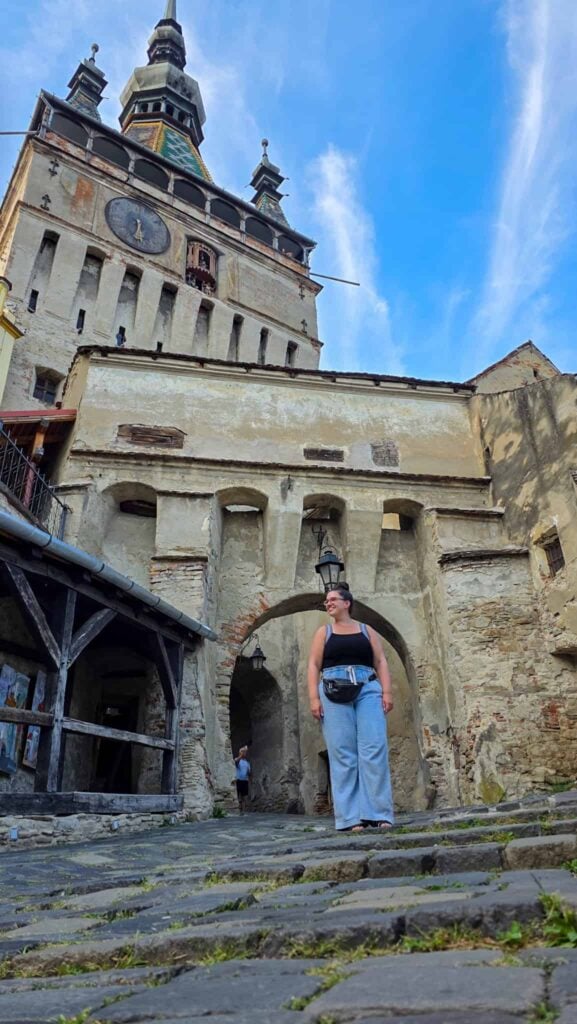
Romania after the Revolution
After the 1989 revolution, Romania had to learn how to become a modern, democratic country, which was not an easy task.
People were so scarred by the lack of everything during communism that their first instinct was to get as much money as possible for themselves.
Which led to high levels of corruption in the 90’s and an increase in unemployment rates. I think it’s a natural response to scarcity, but unfortunately, that meant just more suffering for most Romanian people.
To be able to provide for their families in this new era a lot of Romanians immigrated to more prosperous Western European and North American countries in the 90’s and 2000’s to work and study.
The Romanian diaspora is the fifth largest in the world. The brain drain also affected Romania a lot.
But we’re persevering and developing. And we’re now Eastern Europe’s second-largest economy after Poland.
There’s still a lot to work on, but I want to take a moment and celebrate this accomplishment because Romanians didn’t have it easy.
Was Romania safe after the 1989 Revolution?
I have to be honest with you. Romania used to be dangerous, but it no longer is. After the 1989 Revolution everyone was trying to make money and stop living in scarcity.
And because there was so much corruption and no systems put in place to help people, some people had to resort to scamming and stealing.
Back in the day pickpockets would steal money from you at the airport, on the street, literally anywhere.
There is even a song by Romanian rapper Puya saying something like “when you land in Romania, make sure to keep your money close to you”.
Taxi drivers would scam tourists as well. They would always ask for more money than what the price actually was.
These are probably the stereotypes you still hear about Romania. While this was the reality back in the day, this is no longer true.
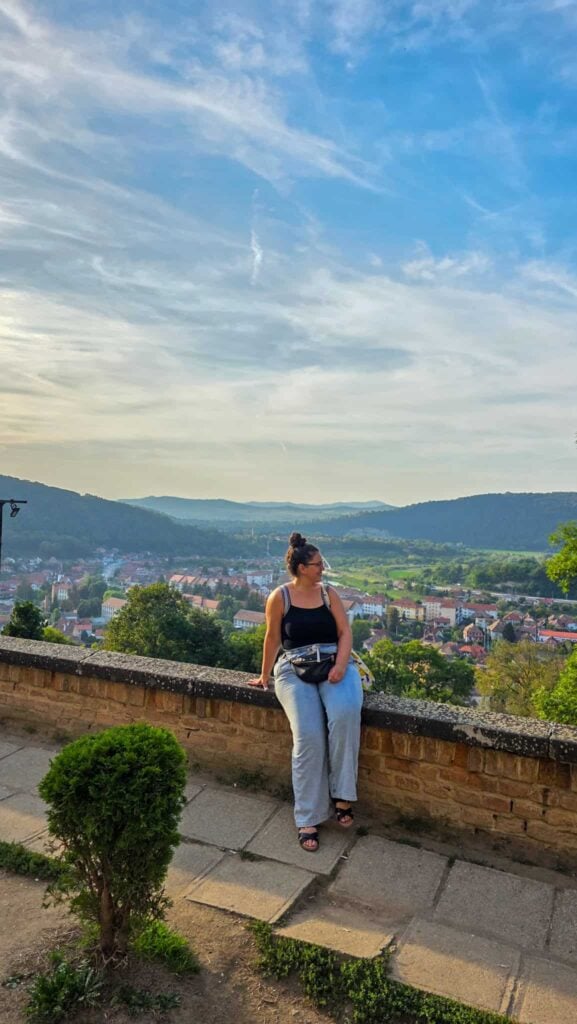
Present day Romania: is it safe for a female solo traveler?
Romania came a long way and it developed a lot over the past 10-15 years. The economy grew and is continuing to grow.
Things have evolved so much and are so different now. So these things don’t happen anymore because people finally can live a better life.
There is no need for petty theft or scamming tourists anymore. That’s why debunking myths about Romania is so important.
Romania is part of the EU and Schengen
Romania has been part of the EU since 2007 and it has been part of Schengen since 2024. Starting in 2025 Romanians will also be able to travel to the US without a visa.
If you think about it from an objective point of view, these things are all indications that Romania is perceived as a safe country that is on par with other European countries. Otherwise they would not allow this to happen.
Romania has one of the lowest robbery, burglary, and theft rates in the EU
The European Commission publishes all kinds of studies about the EU every year.
According to their crime statistics, Romania has one of the lowest rates of theft. And as you can see in the graph, the countries with the highest rates are all in Western Europe.

At this point in time, Eastern Europe has lower rates of violent crime and petty crime compared to Western Europe.
I know this might sound the opposite of what you would expect, but it’s true. Countries in Eastern Europe have low crime rates and are some of the best solo female travel destinations.
Now I’m not saying that crime doesn’t happen at all. That would be utopia and a country like that doesn’t exist. But on a relative basis, Romania is a safe destination. Just use your common sense and you’ll be fine.
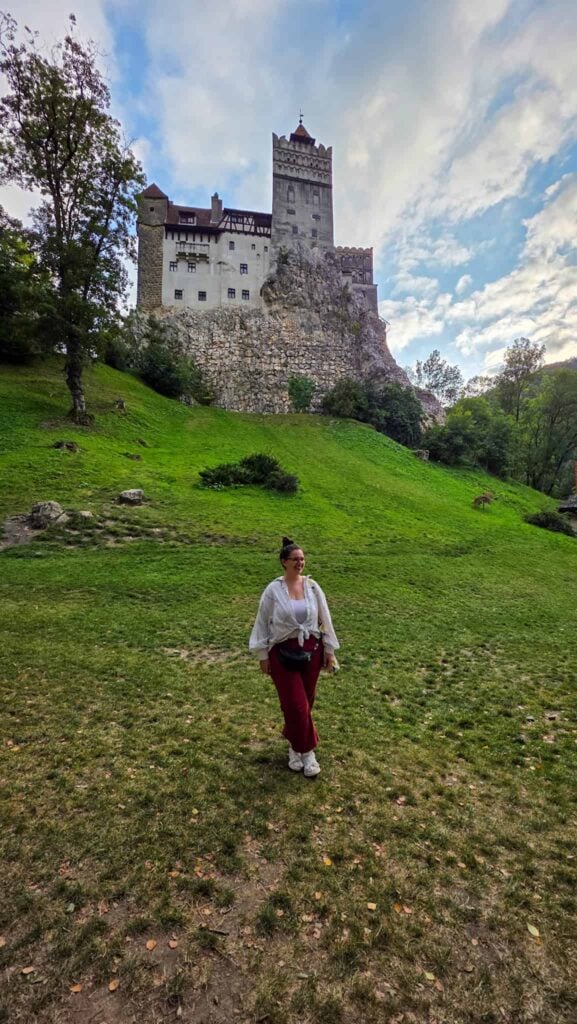
My personal experience being a woman living in Romania
I feel extremely safe living in one of the larger cities of Romania. I go out after dark and I don’t have to worry about my personal safety.
There are no petty crimes I need to watch out for. When I traveled to Paris, Barcelona, London, and other destinations in Western Europe I ran into so many people in crowded areas around tourist attractions who would try to scam me.
And I was also warned by tour guides or hotel concierge staff that some pick pockets were trying to steal something from the group I was with.
In NYC I always had to be on high alert to make sure I wouldn’t get robbed or stabbed, especially when using the subway or going to boroughs outside of Manhattan.
It feels really nice to now live in a safe environment here in Romania. In my experience it’s of the safest countries I’ve been to and lived in.
✈️ Heading to Romania soon? Check out these guides:
- The best area to stay in Bucharest
- Where to stay in Brasov: the best hotel guide
- Where to stay in Sighisoara: the best hotels
- The best Romania one week itinerary from a local
- 4 days in Transylvania: a native’s best itinerary
- Bear watching in Transylvania: all you need to know
- The best Oradea 3 day itinerary: a native’s top picks
So, should you visit Romania?
Hopefully I was able to provide enough hard facts and personal experiences to convince you to give Romania a chance. Let me also tell you a bit about what you can visit in Romania.
What Romania has to offer
Romania is a gorgeous country with stunning landscapes, and it offers something to all types of travelers.
The medieval charm of Transylvania is guaranteed to make you fall in love with Romania. There are so many well-preserved medieval towns, castles (make sure to visit Dracula’s Castle and Peles Castle!), and fortresses in this area.
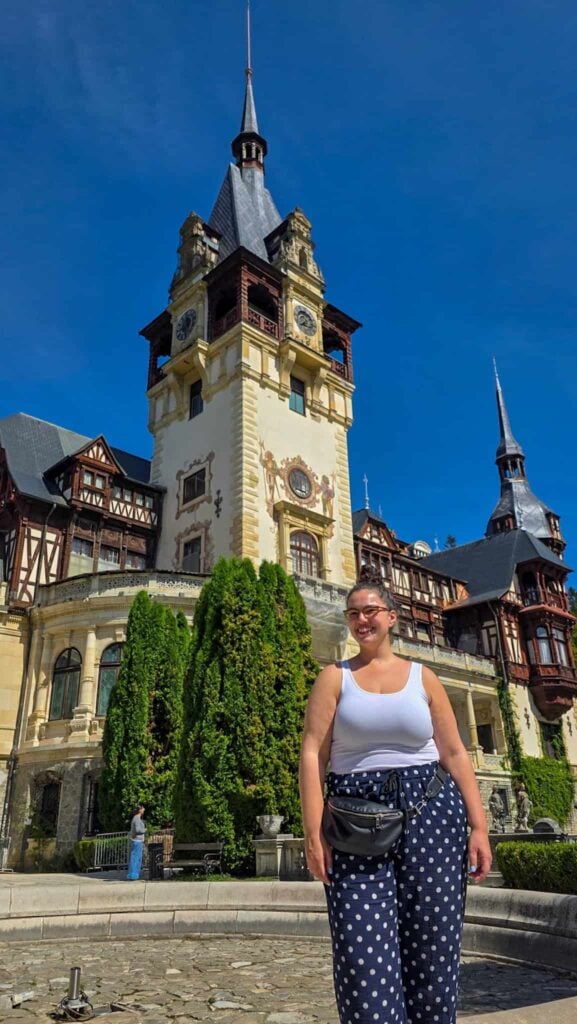
You can also go on a bear watching tour since Romania has one of the largest Brown Bear populations in Europe.
If you like to learn about the culture of the places you visit, you can also immerse yourself in our rich cultural heritage and go to a cooking workshop in a village, visit a sheepfold and sample some cheese, or visit a gypsy community.
Transfagarasan is the most beautiful road in Romania and one of the most impressive roads in the world. It is a road that goes through the Carpathian Mountains, so the scenery is unmatched. Driving on this road should be a bucket list item.
The Danube Delta is such an underrated attraction in Europe. The delta occurs where the Danube River meets the Black Sea in Romania.
The Danube Delta has one of the most unique floras and faunas in Europe, with numerous rare species. The area is a UNESCO World Heritage Site.
In the Letea Forest in the delta you can find wild horses. This is one of the most unique things in Europe and the world. The entire Danube Delta is a paradise for nature lovers and photography enthusiasts.
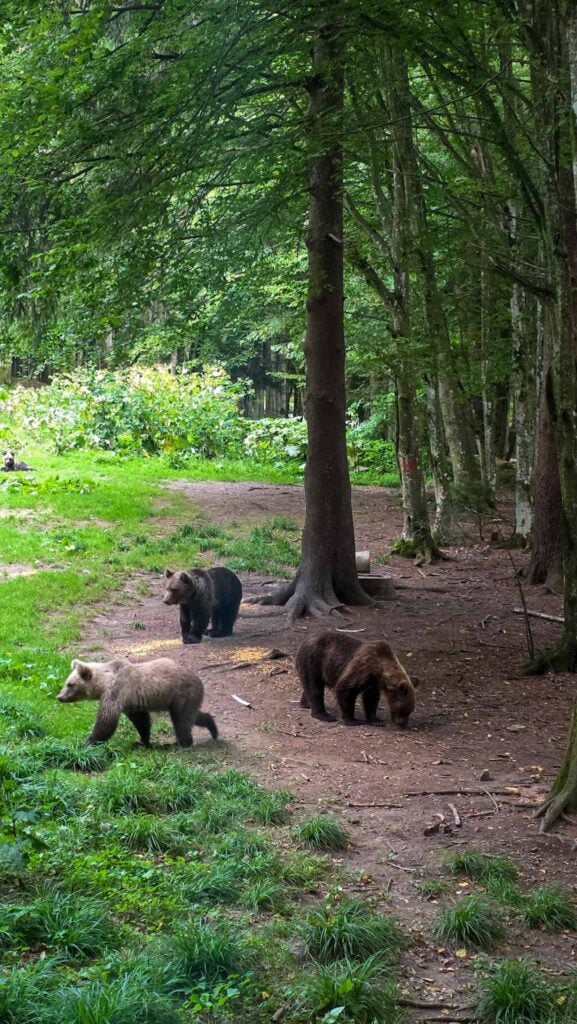
FAQs about Romania
Best time to visit Romania
You can visit anytime. It depends on what you want to do.
If you visit in the spring or summer you can enjoy warmer weather and you can spend a lot of time outdoors and explore. Romania tends to be sunny during the months of May – September.
The temperatures are between 20 – 30 degrees Celsius (maybe a bit more during July and August as we had some heat waves in recent years). It’s not a humid country, so it’s easier to tolerate the heat.
Transfagarasan is fully open during the summer, so if you want to tick off this bucket list item June – September is the perfect time to visit. The road is partially closed during the colder months.
If you visit during the fall it will be a bit colder, but the leaves are changing colors and you can experience that beauty as you go on your road trip through Romania. The Romanian countryside is magical during this time of the year.
If you visit during the winter it will be cold. But you can add skiing and snowboarding to your itinerary. We have plenty of ski resorts in the Carpathian Mountains.
There is also an ice hotel that is built every year near Balea Lake. You can experience spending a night in an ice hotel at a fraction of the cost you would pay in Finland, for example. And it’s equally as beautiful, except you won’t be able to see the Northern Lights in Romania.
How can I get to Bucharest city center from Henri Coanda International Airport?
Bus
If you’re a fan of public transportation, you can take Bus Line 100. It has stops everywhere in Bucharest city center: Piata Unirii, Piata Romana, Piata Victoriei, Universitate. This bus runs every 15 minutes during the day and every 30 minutes during the night.
You can pay by card on board (a one way trip costs less than a euro). The bus station is outside of the Arrivals terminal. Just follow the signs when you get out of the airport.
Taxi / Uber / Bolt
This is the most convenient option since it leaves you right in front of your hotel. Uber and Bolt both operate in Romania, so if you’re coming from Europe or the US you can use the same apps to get a car in Romania as well.
Alternatively you can also schedule a private transfer.
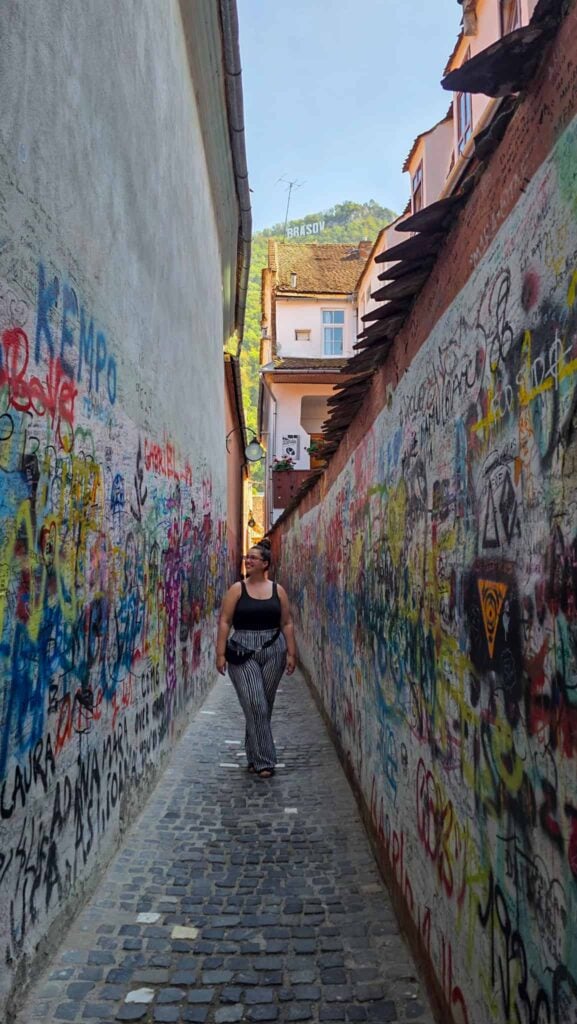
How to get cell phone data when visiting from abroad?
The cheapest and most convenient way to get data while visiting from abroad is to buy an eSIM. An eSIM is a digital SIM that lets you activate a data plan from a provider without having to use a physical SIM card. They are super easy to use.
I use Airalo. You can go to their website, select the country you’re traveling to, select how many GB of data you want, and how many days you want the eSIM to be active for. After you pay you will receive a confirmation email with instructions on how to activate the eSIM.
You can activate it on your phone and the process takes under 1 minute. Once the eSIM is activated you don’t have to do anything else. When you’re at your destination you will automatically get data.
What is the currency in Romania?
While Romania has been part of the European Union since 2007, it is not in the Eurozone yet. Our currency is the Romanian leu. 1 euro (or 1 dollar) = 5 lei.
Do I need cash for my trip to Romania?
Yes, you do. While you can pay with credit cards in major cities in Romania, places in rural areas or smaller mom-and-pop businesses are still cash-only.
So if you want to eat at a traditional local eatery that’s not in the city, or if you want to buy souvenirs or tip your tour guides make sure you have cash.
Pro tip: always get cash from an ATM in the airport instead of going to an exchange place. Your bank will always have better exchange rates when taking out cash in a foreign currency from an ATM.
Do I have to tip in Romania?
Tipping is not mandatory, but it is highly encouraged. I usually leave 5-10 lei (the equivalent of 1-2 euros) as tip when I eat out. They highly appreciate it when you do this.
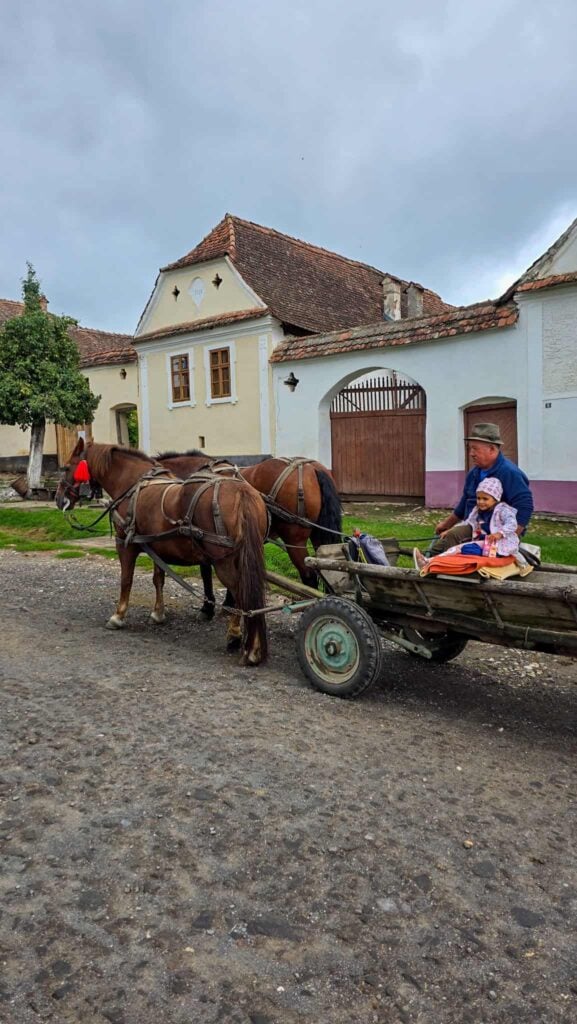
Do I need to book tickets for attractions in advance?
You can book tickets online in advance of your trip if you want to have peace of mind, especially for activities that have limited spots and can sell out, like bear watching.
You can buy entry tickets to castles and other attractions from the ticket office on the day you visit. The chance of them being completely sold out is very small.
What language do people speak in Romania?
The official language in Romania is Romanian. Contrary to popular belief, Romanian sounds nothing like Russian.
Romanian is a romance language. That means that it has Latin roots, and it is very similar to Spanish, French, Italian, Portuguese and Catalan. For example, the word “good” is “bun” in Romanian, “bueno” in Spanish, “buon” in Italian, and “bon” in French. Do you see the resemblance?
Romanian has some Slavic influences, so there will be words that don’t sound anything like their Spanish or French counterparts. One example is the word for “snow”, “zăpadă”. This is a Slavic word, and it is quite different from “nieve” in Spanish or “neige” in French.
However, overall, Romanian is very similar to its romance language cousins, and it sounds nothing like Russian.
Do people speak English in Romania?
Yes, they do. Pretty much everyone speaks English in Romania nowadays, especially the younger folks.
Most people also speak a little Spanish because Latin-American soap operas were very popular in Romania at the beginning of the 2000’s. And since Romanian is similar to Spanish we all picked up Spanish.
That’s how I learned Spanish. And I am also able to understand bits and pieces of all other romance languages.
What Romanian words should I learn before my trip?
- Buna (pronounced boo – nuh) = hello
- La revedere = goodbye
- Multumesc = thank you. But you can also say merci (the short form of multumesc, pronounced exactly like the French word).
- Da= yes
- Nu = no
- Card = credit card
✈️ Heading to Romania soon? Check out these guides:
- The best area to stay in Bucharest
- Where to stay in Brasov: the best hotel guide
- Where to stay in Sighisoara: the best hotels
- The best Romania one week itinerary from a local
- 4 days in Transylvania: a native’s best itinerary
- Bear watching in Transylvania: all you need to know
- The best Oradea 3 day itinerary: a native’s top picks
Need inspiration for your next trip? Check out some of my other articles.
Paris solo travel: everything you need to know
Andorra itinerary: everything you need to visit
Warsaw itinerary: ultimate guide for your first visit
Barcelona 3 day itinerary: the best things to do
Doha itinerary: the best guide for your first visit
Tallinn in 2 days: everything you need to know
Beginner’s guide to NYC: everything you need to know
The best guide for solo travel to Amsterdam
Solo female travel to London: the ultimate guide
The best Oradea 3 day itinerary: a native’s top picks
Istanbul solo travel guide: is Istanbul safe for women?
Helsinki in 2 days: everything you need to visit
Solo travel in Vienna: how to have the best trip
Florence 4 day itinerary: the best guide for solo travelers
Athens 4 day itinerary: ultimate guide for your first visit
4 Day Dublin itinerary: everything you need to know
Solo travel in Milan: the best things to do
Solo travel to Toronto: the ultimate 2 day itinerary
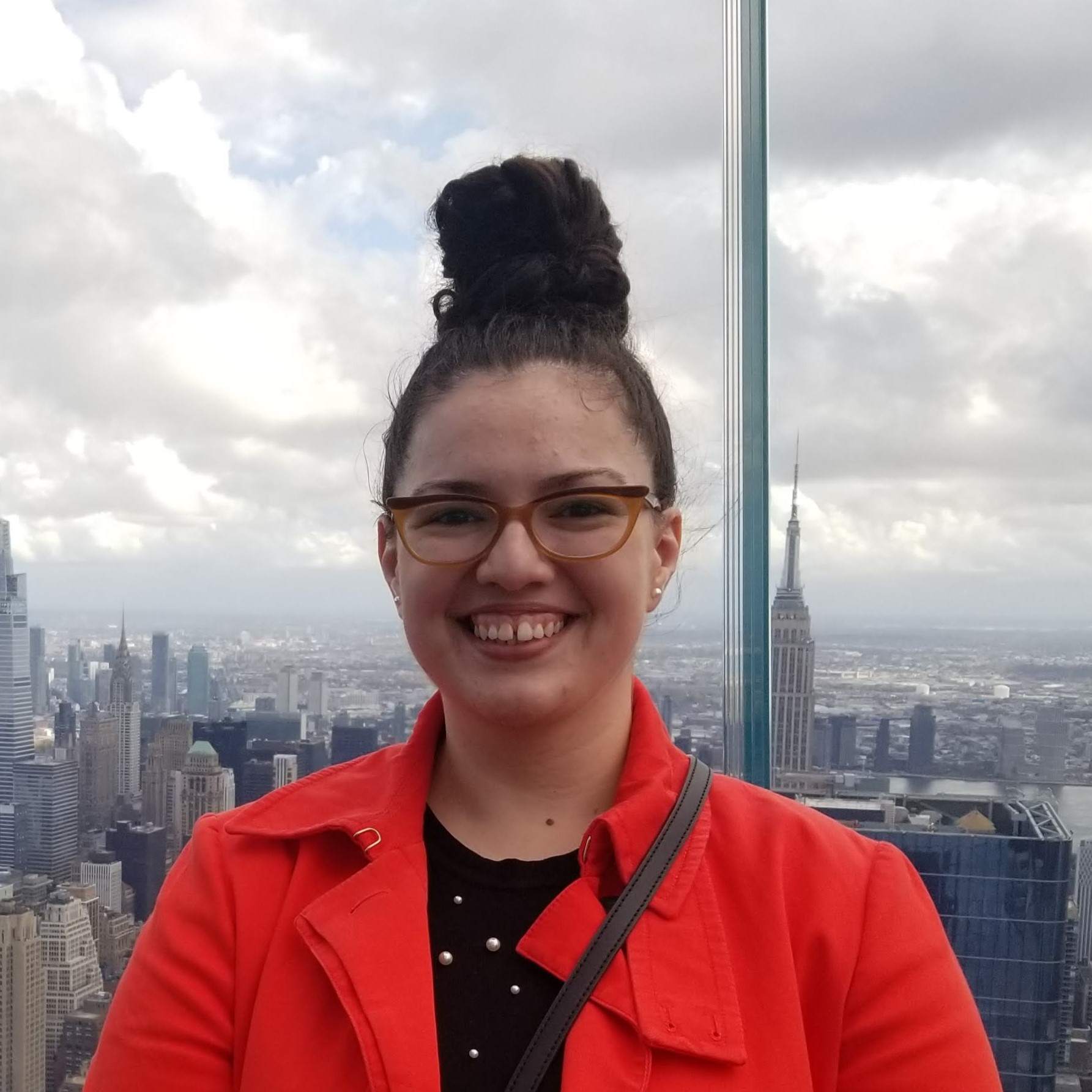
Ioana was born and raised in Romania, lived in NYC for 14 years, and has since returned to Romania. She began traveling solo at 30 and has now visited 25+ countries. Ioana is a full time travel blogger and content creator. Her blog gets 100K+ views per month and her Instagram community has 80K+ people. She loves to share practical travel tips, itineraries, and recommendations for fellow travelers. Her story and insights have been featured in The Daily Express, Euronews, Bored Panda, Yahoo, MSN and more.
